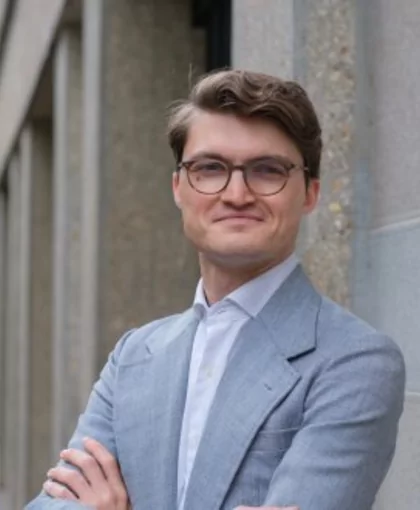Dorian BIANCO. The commercial and the transient: The contradictions of the vernacular in a time of late modernity. Wolkenkuckucksheim | Cloud-Cuckoo-Land | Воздушный замок, International Journal of Architectural Theory, 2021, Identifications of the Postmodern. City, Form and Identity, 25 (41), pp. 135-149. ⟨hal-04166782⟩
From the 1960s to the 1980s arises a debate blurring the previous boundaries of vernacular architecture: the commercial vernacular of ordinary roads and strips (Venturi, Scott Brown, Izenour 1972) and the vernacular landscape embedded in the making of spaces by bottom-up social practices (Discovering the Vernacular Landscape, Jackson 1984). Both shifting the definition of the vernacular away from the locally-based historical built environment, the authors try to update the concept toward a critique of modern architecture and landscape planning and to adapt it to the latest social and economic changes taking place under a period that we analyse as late capitalism (second half of 20th century). Such turn leads to conflicting interpretations of the features of the vernacular, designating either for Venturi, Scott Brown, Izenour, and to some extent for Jackson, the ordinary landscape of suburban estates and commercial fittings, or for historians the material legacy of domestic urban and rural architecture made by non-professional builders prior to the breakthrough of modern planning. This paper seeks to interrogate the consequences of this contradiction: on one hand, the post-political attitude of late modern interpretations of the vernacular as transient, standing in contrast to the historiographic definition as a static heritage to preserve, highly noticeable in the French context of national patrimonialism; on the second hand, the separation of a late modern vernacular building from traditional crafts.

